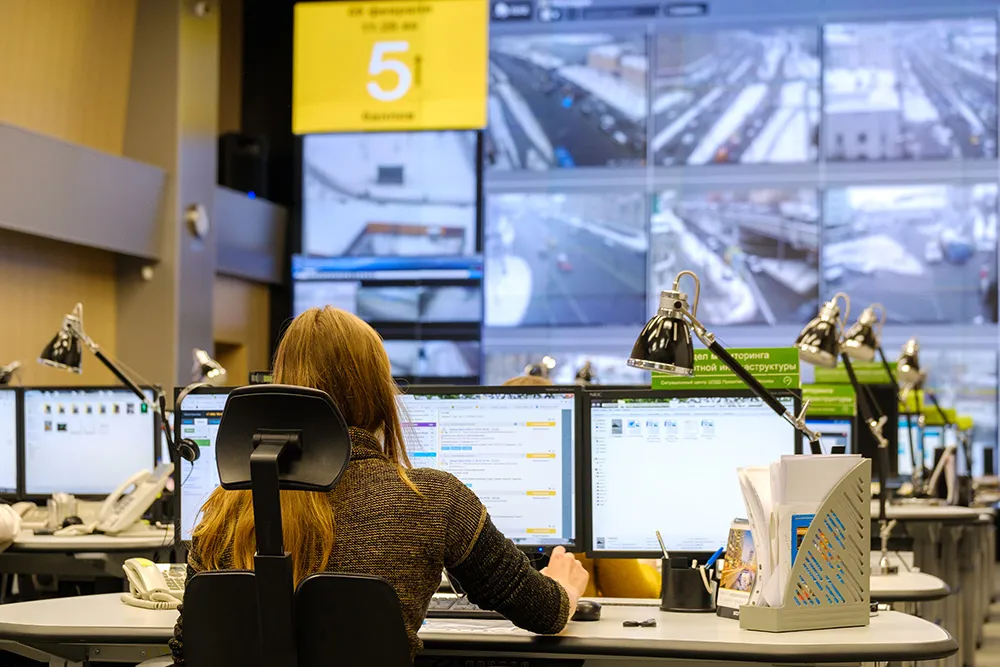Image Sensing Systems (ISS) has announced the sale of its automatic number plate recognition (ANPR/LPR) business to TagMaster for the purchase price of US$4.2 million in cash. ISS has decided to shift its strategic direction and focus to the intelligent transportation systems (ITS) market by investing in its Autoscope video detection and RTMS radar detection products and solutions. As of 9 July 2015, the ANPR/LPR business, including all products and solutions, will transition to TagMaster. TagMaster was fou
July 10, 2015
Read time: 2 mins
ISS has decided to shift its strategic direction and focus to the intelligent transportation systems (ITS) market by investing in its
As of 9 July 2015, the ANPR/LPR business, including all products and solutions, will transition to TagMaster. TagMaster was founded in Stockholm, Sweden, in 1994 and is an application driven technology company that designs and markets advanced radio frequency identification (RFID) products and systems for demanding environments within the business areas of Traffic Solutions and Rail Solutions.
“We believe the ITS market is our core competency and is the foundation on which our company was founded,” said Dale Parker, interim chief executive officer. “The decision to sell our ANPR/LPR business allows us to focus on growing our radar and video product lines. The ITS market continues to grow, and agencies are moving away from in-ground technologies for which we believe our products are a perfect alternative. We remain committed to being market and customer-led and continue to leverage our strengths on engineering our next generation of innovative products and solutions.”
ISS will work closely with TagMaster to make sure the transition is as seamless as possible for TagMaster’s customers, partners and distributors. The transition will begin effective immediately and will continue over the next several months.









